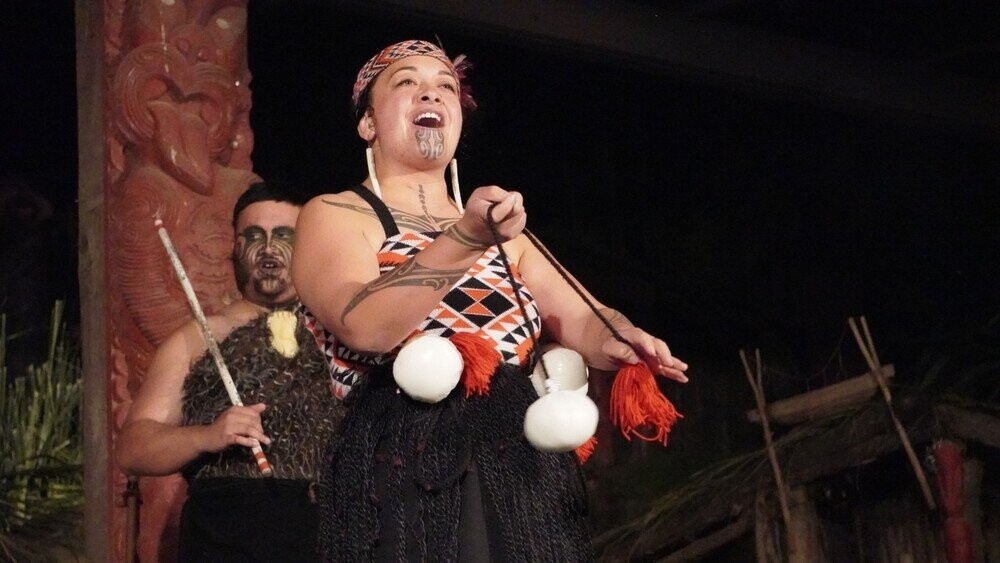12 Global New Years That Don’t Start Anywhere Near January 1st

For most of us, New Year’s Day is on January 1st. Which is nice and neat, and lines up perfectly with us unboxing our new Far Side daily calendar. But the Gregorian calendar we follow is far from the only calendar used across the world, meaning there are plenty of New Years occurring on entirely different days. Here are 12 of them…
Lunar New Year

Shutterstock
One of the best known non-January New Years is the Lunar New Year, celebrated in a variety of Asian countries that observe the lunar calendar.
Rosh Hashanah

Shutterstock
Rosh Hashanah, the Jewish New Year, is also one of the more well-known alternate New Years. It’s celebrated at sundown on the first day of the new year on the Jewish calendar, Tishrei 1.
Songkran

Shutterstock
Songkran, which occurs on April 13th, is the Thai New Year. Water is a huge part of the festival, signifying washing away the previous year.
Diwali

Shutterstock
It’s sometimes called the Hindu New Year, but it’s not the New Year for all Hindu people. It might only be considered the “New Year” if you're in a part of India that uses the Vikram Samvat calendar, like Gujarat. It usually occurs in the fall, near the end of October.
Matariki

Shutterstock
Matariki, named for the reappearance of the Matariki stars every year, is the Maori New Year. Given that it relies on stars, it can be celebrated on many different days and even months, though none of them are near the Gregorian New Year. Depending on where you are and what tribe you’re talking to, it could be anywhere from May to July.
1st Muharram

Shutterstock
1st Muharram is the self-explanatory name of the Islamic New Year, celebrated on the 1st day of the month of Muharram. This is the first day of the Islamic calendar, and because the Islamic calendar is roughly 10 days shorter than the Gregorian calendar, every year it continues to move forward.
Enkutatash

Shutterstock
Enkutatash is the Ethiopian New Year, celebrated on the first day of the Ethiopian calendar's first month, Meskerem. This is usually on September 11th by our calendars.
Seollal

Shutterstock
Seollal is a Lunar New Year, but specifically as celebrated in South Korea (and generally in late January or February). It’s still a fun time, but it’s heavily based around paying respects to elders and ancestors.
Choul Chnam Thmey

Shutterstock
Choul Chnam Thmey, which literally means “entering the new year,” is celebrated in Cambodia. It occurs midway through Gregorian April.
Navavarsha

Shutterstock
The head of yet another non-Gregorian calendar, in this case the Bikram Sambat, is celebrated in Nepal as Navavarsha. This holiday, too, is usually in mid-April.
Nowruz

Shutterstock
The Persian New Year, Nowruz, occurs on the spring equinox and lasts 13 full days.
Kim Il-Sung’s Birthday

Shutterstock
Most New Year’s celebrations aren’t particularly controversial. Leave it to North Korea to upend that. Though recently they’ve started phasing it out, since 1997, North Korea had observed the Juche calendar, or a calendar that starts on, and revolves around, the birth of Kim Il-Sung. The Juche New Year was known as the “Day of the Sun” and was a time to celebrate — or else.